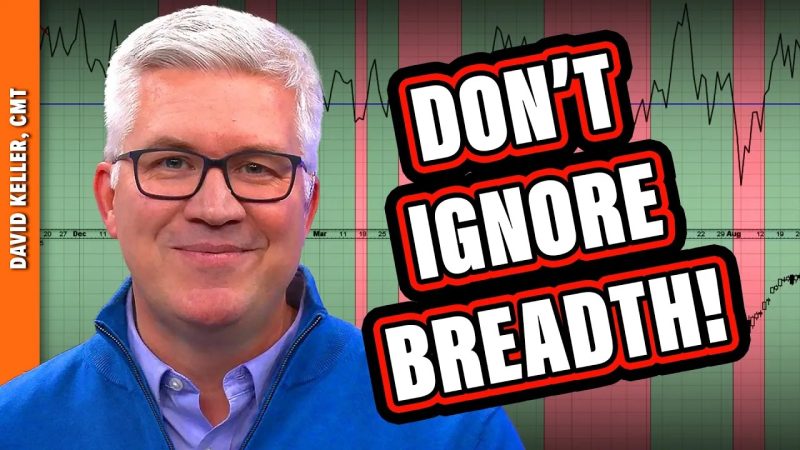Body:
Breadth indicators, a critical component of market analysis, help investors understand the health and strength of a market by examining the number of securities moving in sync with an overall trend. More than just offering insight into fluctuating price measures, these indicators should never be overlooked, considering how they expose the degree of participation within given trends. This article aims to discuss the five top breadth indicators, unable to be ignored for their efficacy in predicting market trends.
Starting off with the Arms Index, otherwise known as TRIN (Trading Index), invented by Richard Arms in 1967. It’s an intricate volume-based indicator that evaluates the intrinsic market strength or weakness, wherein a high value suggests that the market is oversold, and a low value suggests an overbought market. TRIN measures the relative volume in advancing and declining stocks, facilitating the discernment between substantial market trends and minor fluctuations.
Moving on, we come to the Advance/Decline Line (A/D Line) – one of the most popular breadth indicators. It offers a comprehensive deviation of the number of advancing and declining stocks within an index. This indicator graces investors with an idea about the participation level in a market move. A rising A/D line hints that a majority of stocks in the index are participating in the rally, thereby signalling a robust trend. Conversely, a falling A/D line suggests that fewer stocks are advancing, indicating potential weakness in the trend.
Next in line, the High-Low Index, employs the new highs and new lows of a market to generate its signal. Essentially, it measures the momentum within an index through the relative difference in the number of stocks hitting 52-week highs and 52-week lows. A trending upward High-Low Index generally indicates a bull market, while a downside trend could be a sign of an imminent bear market.
Up Fourth, we have the McClellan Oscillator – a market breadth indicator based on the smoothed difference between the number of advancing and declining issues on the New York Stock Exchange. Named after Sherman and Marian McClellan, this indicator offers insights into the market’s momentum and suggests overbought and oversold conditions. Suddenly high readings may indicate overbought market conditions, while unusually low figures may signal oversold market conditions.
Last on our list is the On Balance Volume (OBV), a momentum indicator that uses volume flow to predict changes in stock price. Essentially, OBV adds a period’s volume when the close is up and subtracts the period’s volume when the close is down. By examining if the OBV is rising or falling, one can anticipate if the current market trend is expected to continue.
To appreciate the full potential of breadth indicators, investors should use a combination rather than rely on a single one. For instance, pairing the A/D Line with the OBV can provide a clearer perspective of both price and volume trends in the market. Such an approach enhances forecasting accuracy and allows for a broader perspective on market health.
Thus, these crucial market breadth indicators, when used effectively, can significantly bolster an investor’s decision-making process by providing precise signals about market trends and the strength behind these moves. Highly effective and disparate in their metrics, these indicators offer a comprehensive and multifaceted view into the world of investing. It’s crucial to incorporate them within a broader analysis framework to navigate through the ever-evolving dynamics of the market efficiently.
